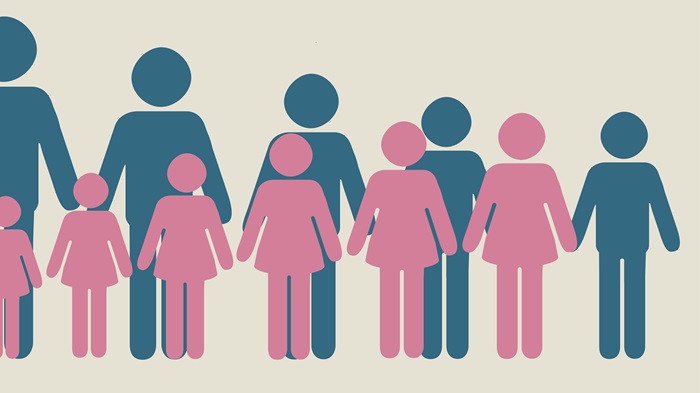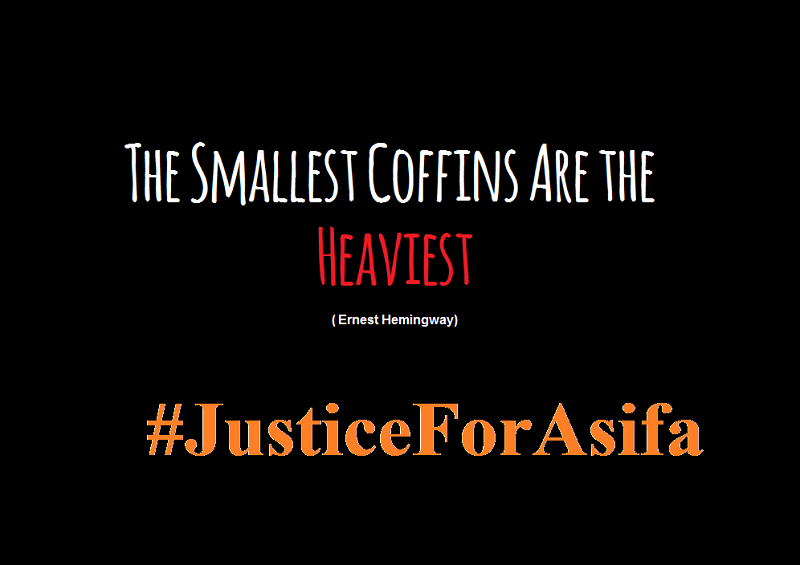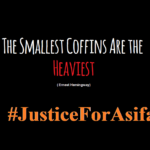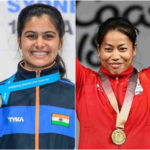My last blog entry I had closed with a look at violence and a thought that the aggressiveness on the streets might arise from the pressure on men to be the first in line in everyday struggle for their family’s livelihood. But as I had concluded, and you might agree, this answer isn’t enough to understand the connection between masculinity and violence especially not the power relations and internal hierarchies between different masculinities.
Before including more dimensions and aspects to my research diary, let me begin with a simple but essential question, that we unfortunately cannot answer so easily: What does it mean to be a man? Being a man, I would argue, means to take up space for oneself. It means to claim space, e. g. by spreading the legs and arms on the metro, the bus or the plane.To claim one’s right to be here. It means to roam the street, to speak loudly, to have an opinion and shout to make sure everyone notices you and acknowledges your presence. Being a man means to have the power and the hierarchical position within the social order to limit other people’s movements, spaces and access to the public – if need be with violence.


We witness this claim to power on a daily level when taking the metro or the bus, or when going though the articles in the newspapers that are reporting on the newest case of violence throughout the country. Daily, we have to read about violence targeted especially against women and girls. And then, like yesterday, there are news reports that have shocked and shaken us.For example, when we learned about the horrible and the gruesome details of the rape and murder of Asifa and the delays and hold-ups regarding the arrests of the accused. Sadly, this case doesn’t stand alone.
The violence we experience and read about in the media is not limited to violence against women and girls. Killings of subordinated, marginalised men on the streets due to caste, ethnicity, religion, sexual identity are reaching us almost every day.There are so many incidents that it would go beyond the scope of this text to list them all. But please check the important project of Amnesty International India “Halt the Hate” that is interactively mapping the hate crimes that are committed in India. It is important to look at it, to know about the cases and to read about the atrocities.
When I was going through the incidents that were collected by Amnesty, it appears that a lot of victims, male and female, were killed simply because of their presence in the public.Merely because of their existence. Just because they are coming from a marginalized group, be it Dalits or Muslims. It seems that it is enough for some men to feel that their imagined “divine right” to claim power over others is questioned when Dalit men using public spaces that are primarily used by upper-caste men, when Muslim boys standing on the “wrong” side of the street or when protesters and activists at Bharat Bandh are speaking up to claim their rights and to withstand the anti-constitutional discrimination.
If there’s disorder and their position is questioned, violence is used to reinstate the status quo – the patriarchal social order that is dominated by (upper-caste) men and their imagined right to do as they please. There’s the self-perception of being the boss, to stand at the top of the social hierarchy or to have a divine right to be on top. Is it because we are conditioned from childhood that boys/men have to be the first, that boys can do what they want because boys are boys, that upper-caste families cannot come in contact with Scheduled Castes?
It seems to me that the objective for the violence carried out by these men on the streets consists in telling activists, protesters, women outside their family’s home, gay and lesbians, transgender and other marginalised groups of society, to keep quiet and to not question our authority and hegemonic position. Because if you do, then you are challenging patriarchy, the position and role of the man within patriarchal social order, in short the old ways.


It’s after horrific cases like Asifa’s that it becomes urgent and pressing that we need to fight the status quo. It becomes urgent and pressing to question hierarchies and old power relations if we keep in mind how often people get acquitted after incidents of violence against ST/SC persons or after crimes against girls/women and in so many other cases because of their connection to politicians, to police or to other men in positions of power. We can track it in the media every day.
The domination of certain groups of people and the manifested hierarchy within everyday life must be questioned and challenged. Our laws must be applied to everyone and then we can achieve perhaps justice for Asifa – though she is dead, what justice can it bring her – but the promise that a person never ever has to witness this violence again.
It seems to me that every time cases so cruel and gruesome as Asifa’s murder had happened the society is despairingly asking for change! And we are screaming loudly for it on Facebook, Twitter and on the streets! Trending Hashtags like #JusticeForAsifa seems to be a mere drop in the oceans (of tears) but every tweet, every blog and post gives us hope, gives us the assurance that there are people out there that want this change.We are not alone, we fight together in solidarity to achieve justice and equality!
About the Author


Erik is a graduate student from Berlin, and has engaged in research on masculinity, gender and the urban. He is currently living in Delhi and calls himself a Bombaywala at heart.




